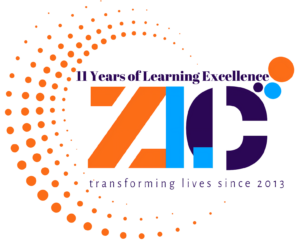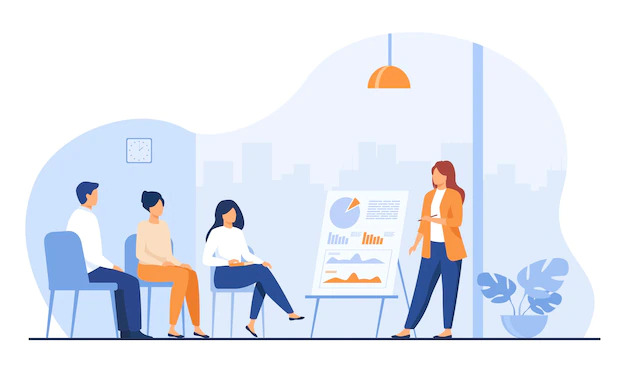For decades we have known that each person has their way to absorb, process, and retain information. Some are more comfortable learning through seeing (visual learning). Others may be more receptive to auditory or kinaesthetic experiential learning.
However, did you know that just like no two people have the same learning tactics, no two companies will have the same learning culture? We come across various corporate training blogs emphasizing the need to develop a ‘robust’ learning culture.
The importance of a great organizational learning culture can never be ignored. However, like most things, the concept of ‘learning-culture’ too is not one-dimensional.
Organizations will also differ in their policies and attitudes towards employee training and upskilling.
So while a more hands-on top-down approach to learning may suit a specific company it may turn out to be a disaster for another.
Why Identifying Your Learning Culture Is Important
As indispensable as they might be when it comes to upskilling and retaining employees, training programs don’t exactly come cheap.
Training initiatives are essentially a waste of funds and time if they do not deliver their basic objective – improving the employee’s skillset o work ethics.
If you want to make the most of training programs then it is important to identify the training culture of your organization and how employees can be aligned to it.
If there is a misfit between the prevailing learning culture and the workforce, the following problems may emerge:
Onboarding Roadblocks
You may have a well-established learning culture but are your employees aware of it? If the employees are accustomed to another type of training practice they may feel unprepared for their responsibilities. They may even feel that there is a lack of up-skilling opportunities.
Lack of Employee Engagement
Usually, employees adapt to a specific learning culture. Adjusting to a specific learning practice takes time and effort. If training programs or training content doesn’t fit the existing learning culture you may see disgruntled employees or a steep fall in the training engagement graph.
On the other hand, if employees are well-aware of what type of learning culture they will be able to make the most out of it, and utilize the company’s training resources and support system to upskill themselves faster.
What Are The Different Types of Learning Culture?
The learning culture of a company is determined by two factors – who is driving the learning initiatives and how wide the content available is.
Top-Down/Traditional Learning Culture
This is arguably what we think about most when we talk about learning culture. Here learning is almost entirely management-driven.
Training programs are crafted by the Learning & Development department along with training vendors and employees are expected to align themselves to learning initiatives from day one.
Traditional Learning Culture also tends to be completely skill-centric. The only objective is to help employees be as productive as they can in the shortest period possible. The employee will only be able to learn those skills that will help them perform key responsibilities quickly.
Disney is a great example of top=down learning culture. Disney employees have to undergo a very demanding training process that involves getting to know the company’s history in-depth, taking park tours, etc.
Bottom down Learning Culture
As seen from its description, the bottom-down learning culture is mostly employee-driven. The company may provide the resources but the learning process is self-paced. Employees are expected to take the initiative and take the responsibility for up-skilling themselves. They may even be called upon to teach other employees through informal tools such as social media posts or virtual classes. They may be allowed to come up with their courses as well.
Last but not the least, employees have a wide option of courses to choose from based on their preferences and chosen career trajectory. Google is a great example of a decentralized learning culture.
How to Align Employees with Your Learning Culture
Formulate Your Learning Culture According To Organizational Values
Think about it. Employers will recruit employees who fit the vision and values of the organization. The learning culture or practices have to be created keeping organizational values in mind. If your company prizes innovation and expects a dynamic and agile workforce that can meet any creative needs at the drop-of-a hat then a more decentralized and flexible learning culture might be the best option. However, if employees need to master a specific skill set within a specific frame of time, then a more traditional learning culture may be the best fit.
Learning Tools/Strategies Will Also Vary As Per Learning Culture
Traditional learning culture needs learning strategies that improve the productivity/knowledge base of employees or reinforce important skills fast. Instructors can use micro-learning to break training content into bite-sized comprehensible units so that employees absorb knowledge faster. Training reinforcement tools such as quizzes and doubt-clearing videos can also be used to test the effectiveness of training.
In more flexible or free–form learning cultures where most of the learning is self-driven there may not be any need to introduce time-bound, management-driven training programs too often. Instead, the company can invest in a course library that employees can access as per their requirements.

